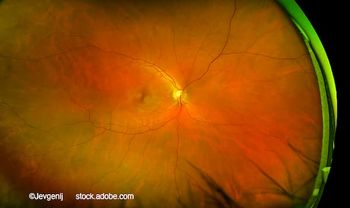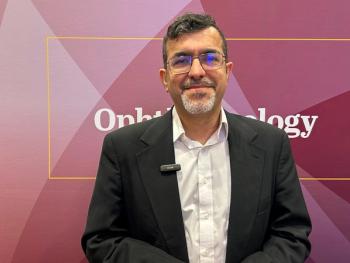
Visionary 'Dr. V' changed eye care in India
With the passing of Govindappa Venkataswamy, MD, 87, founder and chairman of the Aravind Eye Care System in Madurai, India, on July 7, the worldwide ophthalmology community lost a visionary and inspirational leader.
With the passing of Govindappa Venkataswamy, MD, 87, founder and chairman of the Aravind Eye Care System in Madurai, India, on July 7, the worldwide ophthalmology community lost a visionary and inspirational leader.
Designed to be self-sustaining while providing high-quality care to an underserved population, the fledgling hospital relied on fees paid by about 30% of patients to subsidize free care for the remainder, plus a formula based on low costs and high volume.
Universal eye care
"One of the key things that he did was to make eye care available to all, and he made it available in a way that was more giving," said Aravind Srinivasan, MD, an ophthalmologist, executive in the Aravind system, and nephew of Dr. Venkataswamy.
"He came up with the vision of eradicating needless blindness, and the realization was that he alone could not do this, that the Aravind hospital alone could not do it, and that we would have to facilitate training for other surgeons and other staff members, such as nurses, technicians, administrators, and managers. So he started training programs," Dr. Srinivasan said.
"The direct impact is huge, and the indirect impact is compounding," Dr. Srinivasan said. "Aravind is more like a platform where people come to innovate, learn, and share.
"We are learning from others and sharing with others," he added. "That's how we look at Aravind-not so much as one organization trying to eradicate needless blindness. That's not what Dr. V wanted us to do."
The success of Dr. Venkataswamy's vision is evident by the fact that Tamil Nadu now has a rate of eye disease 20% less than that of India as a whole, while the incidence in that region was considerably higher than the nationwide rate when the eye-care program began, according to his nephew.
Newsletter
Don’t miss out—get Ophthalmology Times updates on the latest clinical advancements and expert interviews, straight to your inbox.



















































.png)


